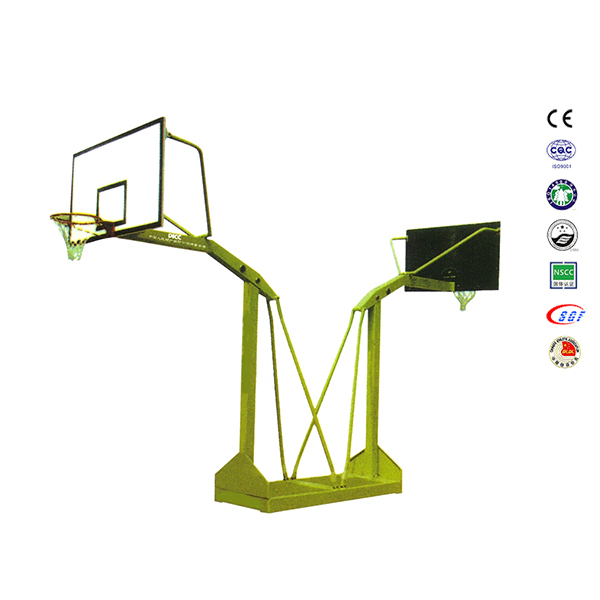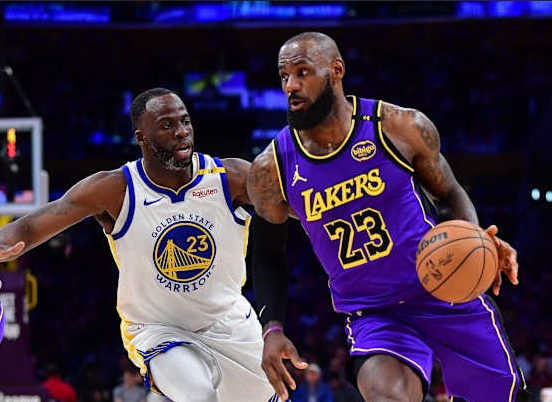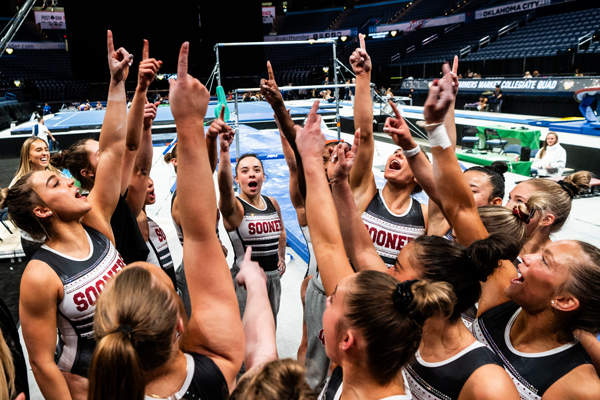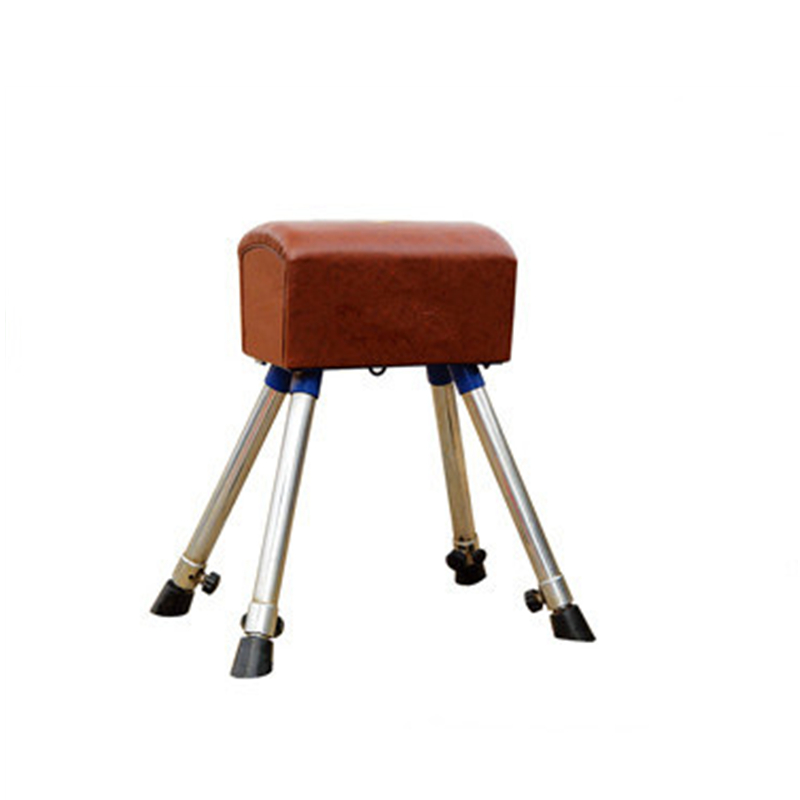Product
Is gymnastics a sport
Basic Info
In a narrow sense, gymnastics generally refers to competitive gymnastics. Men's competitive gymnastics includes floor exercises, Pommeled Horse, rings, vault, parallel bars and horizontal bars; Women's gymnastics events include vault, uneven bars, balance beam, and floor exercise.
Basic gymnastics refers to a type of gymnastics with relatively simple movements and techniques. Its main purpose and task is to strengthen the body and cultivate good body posture. It mainly targets the general public, with the most common being broadcast gymnastics and fitness gymnastics for the prevention and treatment of various occupational diseases.
From the literal meaning, competitive gymnastics refers to a type of gymnastics that primarily aims to win, achieve outstanding results, and compete for medals on the field. This type of gymnastics movement is difficult, technically complex, and has a certain degree of thrill.

Best Indoor Gymnastics Vaulting Horse Equipment
Originating from Greece. In the 5th century BC, the ancient Greeks, who were in a slave society, collectively referred to all means of physical exercise as gymnastics (dance, horseback riding, running, jumping, etc.) for the purpose of annexation wars. Due to the fact that these activities are all nude, the term "gymnastics" in ancient Greek means "naked.". Narrowly defined gymnastics is derived from this.
2. Originating from China. 4000 years ago, during the legendary era of the Yellow Emperor, China already had this broad form of gymnastics. By the Han Dynasty, gymnastics had become quite popular. A silk painting from the Western Han Dynasty unearthed in Mawangdui, Changsha, called the "Daoist Guide" (referring to the use of gymnastics to promote health in Taoism), depicts more than 40 postures of characters. Starting from the basic knowledge of standing, kneeling, and sitting, they perform movements such as bending, stretching, turning, archery, jumping, and jumping, which are similar to some of the movements in today's radio exercises. There are also pictures of holding sticks, balls, discs, bags, etc., although the practice methods cannot be inferred; But from its image, it can also be considered the "ancestor" of our instrument gymnastics. With the disintegration of European slave societies, the meaning of gymnastics gradually shrank, but it has not yet been separated from other sports. In 1793, the "youth gymnastics" in Germany still included walking, running, throwing, wrestling, climbing, dancing, and other activities. The first sports school established in China in 1906, also known as the "Chinese Gymnastics School.".

Outdoor gymnastics parallel bars
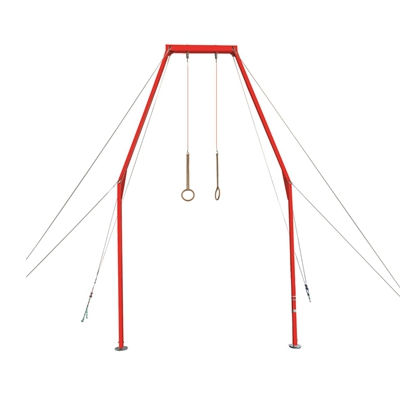
Finally, the sweat and pain that gymnasts put in to win gold medals are unimaginable to ordinary people; And the permanent damage left to their bodies by years of extraordinary training is admirable and heartbreaking. However, these pinnacle gymnastics skills all embody the Olympic spirit of "higher, faster, stronger, and more united", which guides generations of athletes to climb towards higher goals.
LDK sports equipment manufacturer's promotion is in progress: Click to contact us now
Previous How long is a basketball court






